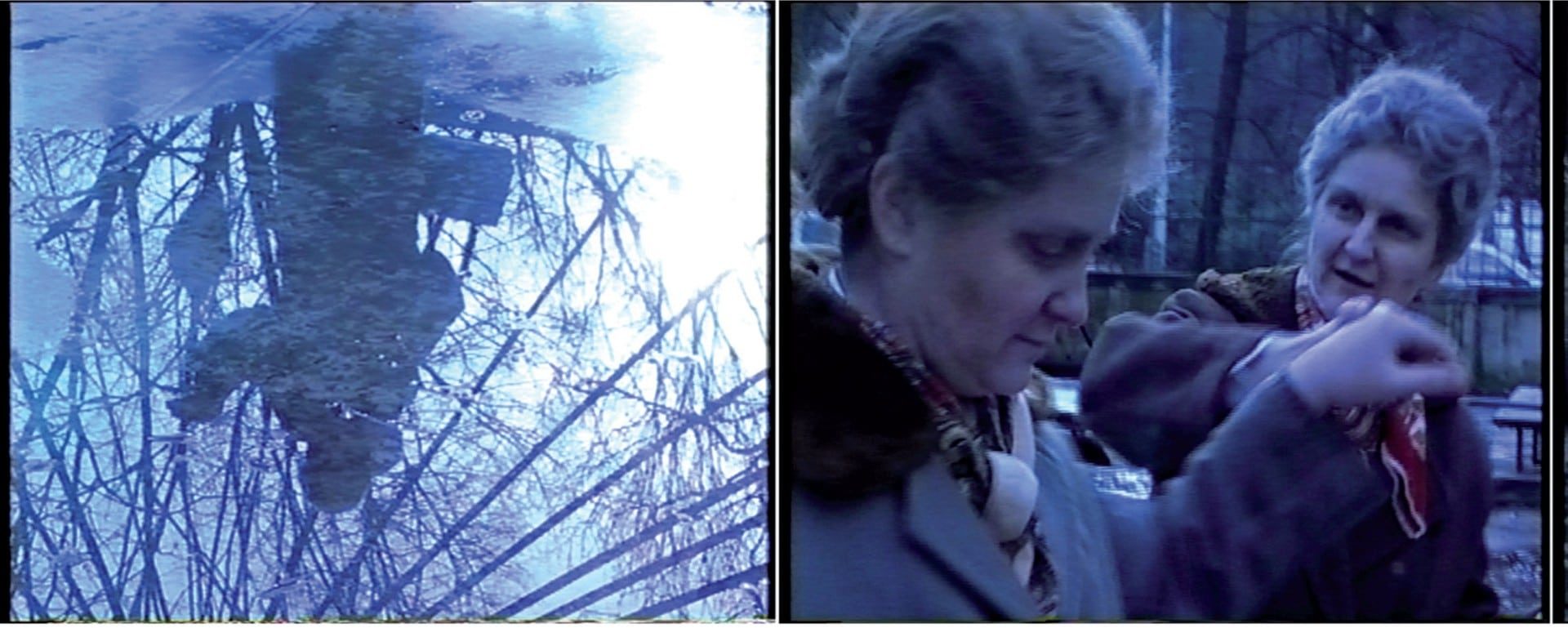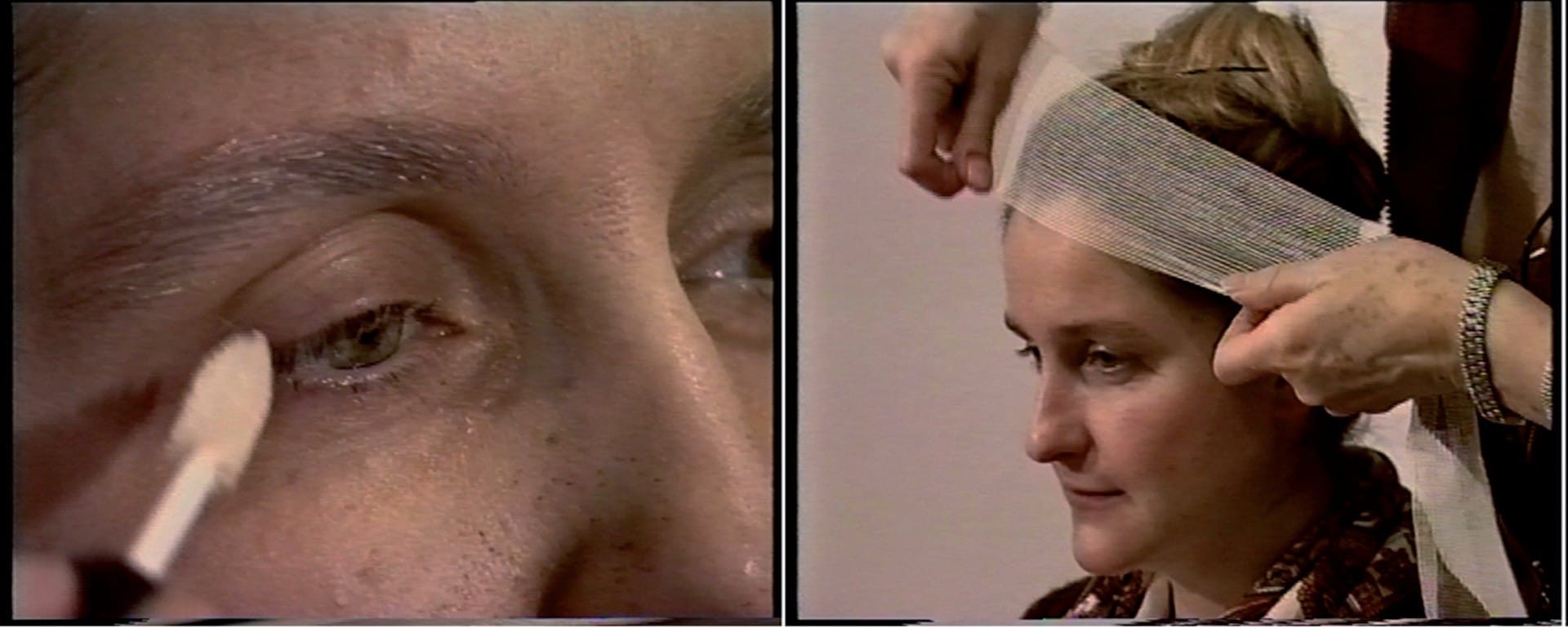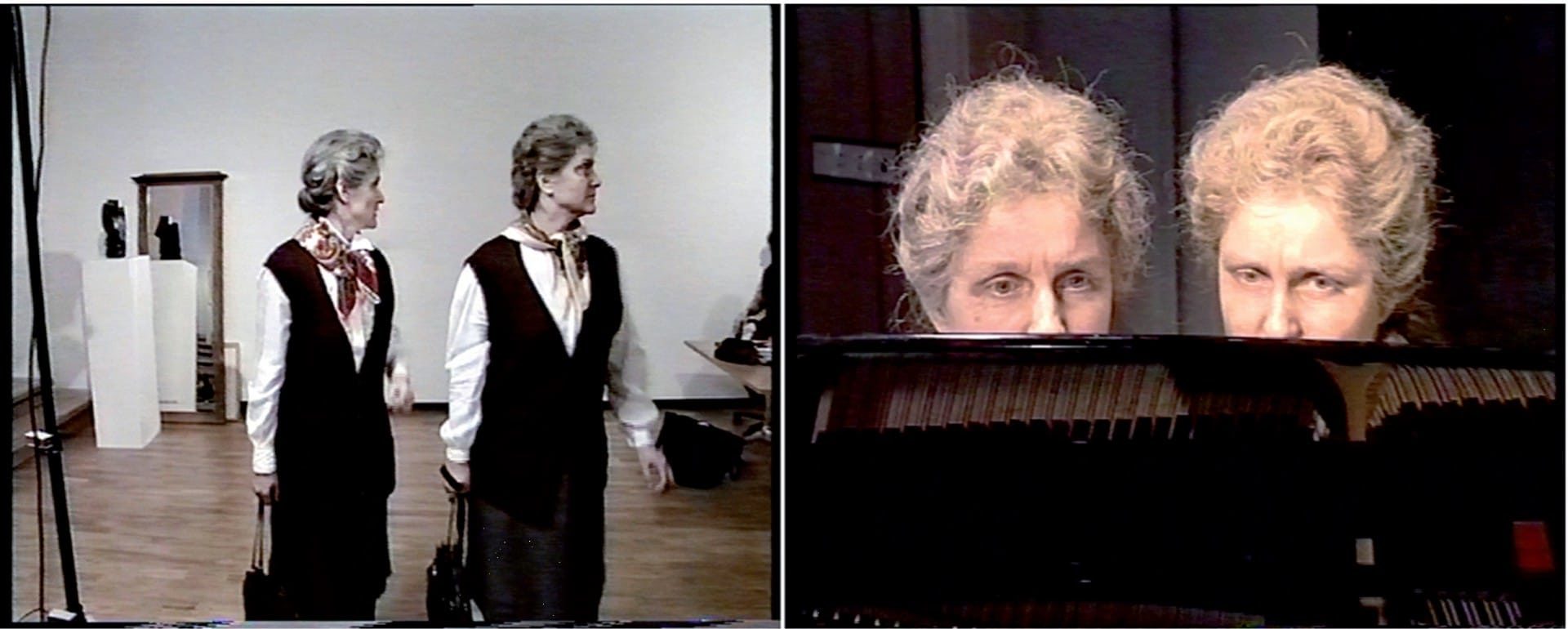Milena Dopitová
Woman´s Truth
From the beginning of her career as an artist, Milena Dopitová has been linked directly with feminism, even though – like most intelligent Czech women – she dislikes this label. In this country, it is often associa-ted with a kind of “American” militant feminism, in spite of the fact that nobody has had any experience of that, either. Still, it makes intuitive and diplomatic women subconsciously avoid any kind of allegiance with a movement, perhaps also owing to the more general local disinclination to berong to anything ideological.
But let us speak concretely about Milena Dopitová. “Anytime I showed the problems of our society in my work, I didn’t want to persuade the viewer about something, or demonstrate my moral superiority, but to invite them to start thinking about the issue at hand.” A theoretician of the opposite sex, Marek Pokorný, wrote about one of the artist’s recent projects (Sixtysomething, 2006] that her feminism cuts across the masculine discourse, without her subscribing to it. “it is in the very heart of this suppression, which denies women participation in the natural and social order and tums them into an objects of exchange, Milena Dopitová articulates her doubts about the sustainability of this state of things. The challenge of her projects is perhaps readable to women as an impulse for mustering the courage to reflect, while for a male viewer it is a subtle, but nonetheless radical deconstruction of stereotypes with which she approaches seemingly `non-gendered’ themes.” I could do without this kind of dynamic phraseology; as a woman, I know very well what Milena is saying and what is perhaps inaccessible to men in her work: the intuitiveness which allows her as a woman to articulate certain things explicitly without being proclamative. Dopitová is not concerned, as some simplifications have it, with women’s issues, but with the difference of seeing through the optics of feminine experience.
Dopitová is a graduate of the Academy of Fine Arts (where she studied in the years 1986-94), and the end of school attendance meant for her a total opening up – both as an artist and as a person. As mem-ber of the young artistic group Pondělí (Monday) at the time she saw no difference at all between the opportunities of the two sexes. In spite of this, she concerned herself with the issues of the feminine world (as we know only too well, female art, unlike masculine art, has an attribute) and a mong her very early conceptual objects were confrontational photographs of her face, and that of her identical twin, as well as the first monumental object on the theme of purely feminine pursuits: abstracted hairdryers with photographs of a hairdresser’s parlor, a pool table spun with wool with a photograph of Joan of Arc in the back-ground, or a table resembling a gynecological chair. Milena Dopitová has made recourse to photography throughout her career: it serves her for an exact description of a story, for a kind of documentation of her conceptual journey, for creating the necessary notions (after Vilém Flusser), or, as Susan Sontag might term it, as giving testimony. In this respect, Milena Dopitová’s photography testifies to the metamorphoses of identity, of growing up, of aging, of death. Themes thus listed together appear as a truly explosive subject matter, or as themes leading one to the blind alley of solipsism, or to the point of banality. Yet Dopitová always articulates them earnestly and without irony. She renders them exclusively from a female point of view, from the viewpoint of her personal experience. Her visual code is clear, poignant and compelling in its horron This brings Milena Dopitová’s work to the Flusserian level of pure abhorrence: in one of her cycles, for instance, she authentically records the shaving and applying of makeup to a deceased man [Oholit, nalíčit (Shave, Make-up, 1999). She chose a face that looks almost alive, in order to make the viewer unsure as to whether the situation was simulated. A professional mortuary make-up artist works on the face, her long polished nails claw-like, the corpse visibly adopting a “Kundera-esque” identity of nobody. The photographic cycle S, M, L, XL, XXL [1999) also deals with death – it captures eloquent plias of clothes for the dead, and these are no fantastic Star Trek costumes.
Looking at Dopitová’s other key themes, we must not overlook her project dealing with adolescence, in which she draws on her activřty as pedagogue: Hádej, jestli jsi můj přítel (I’m Going to Make You Wonder if You’re My Friend, 1999), capturing generational blocs, different ways of seeing, and the incredible strain of adolescence and the exploration of sexual identity. The project was interactive – visitors wrote their comments in blank comic-book style bubbles. The photographic series Pojď, ukážu ti cestu rájem (Let ‘s Take a Stroll Through Paradise, 2000) captures the role of young mothers: it is a sociological exploration [albeit a staged one) of the so-called “politics of the body”, which may lead us as far as the image of a child exploited by its mother for begging.
One of Milena’s recent projects, Sixtysomething, had provoked a controversial response, evidence that for many societies and cultures the process of aging and old age remain a taboo. The artist and her identical twin sister are made-up by a professional make-up person to look like old women (this process is also recorded on camera). Together they perform their sad dance at the Sunday afternoon dance for the elderly in Stromovka Park, they play four handed on the piano – they are neither idealized nor ridiculed. They merely state the condition of aging, which we refuse to accept, in spite of its justice. As though we were still under the spell of our mere reflections inside Plato’s cave.
Come to that, Dopitová concerns herself with the issues of identity in all her works, focusing on objects and demonstrating both tenderness and cruelty – or if you will, good and evil, truth and falsehood, in her unmistakable way, and yet with taste as well as a magnanimity of gesture we rarely find on our local artistic scene, feminine or masculine. Milena Dopitová is at home in the international arena (in New York she is represented by Ronald Feldman Fine Arts), and this fact alone attests to her caliber as well as her global readability. It is precisely this globalized, understandable “beauty” which renders Milena Dopitová’s work compelling even after time has elapsed, and one is “shaken” by it afresh.
#7 New staged photography
Archive
- #45 hypertension
- #44 empathy
- #43 collecting
- #42 food
- #41 postdigital photography
- #40 earthlings
- #39 delight, pain
- #38 death, when you think about it
- #37 uneven ground
- #36 new utopias
- #35 living with humans
- #34 archaeology of euphoria
- #33 investigation
- #32 Non-work
- #31 Body
- #30 Eye In The Sky
- #29 Contemplation
- #28 Cultura / Natura
- #27 Cars
- #26 Documentary Strategies
- #25 Popular Music
- #24 Seeing Is Believing
- #23 Artificial Worlds
- #22 Image and Text
- #21 On Photography
- #20 Public Art
- #19 Film
- #18 80'
- #17 Amateur Photography
- #16 Photography and Painting
- #15 Prague
- #14 Commerce
- #13 Family
- #12 Reconstruction
- #11 Performance
- #10 Eroticon
- #9 Architecture
- #8 Landscape
- #7 New Staged Photography
- #6 The Recycle Image
- #5 Borders Of Documentary
- #4 Intimacy
- #3 Transforming Of Symbol
- #2 Collective Authorship
- #1 Face






